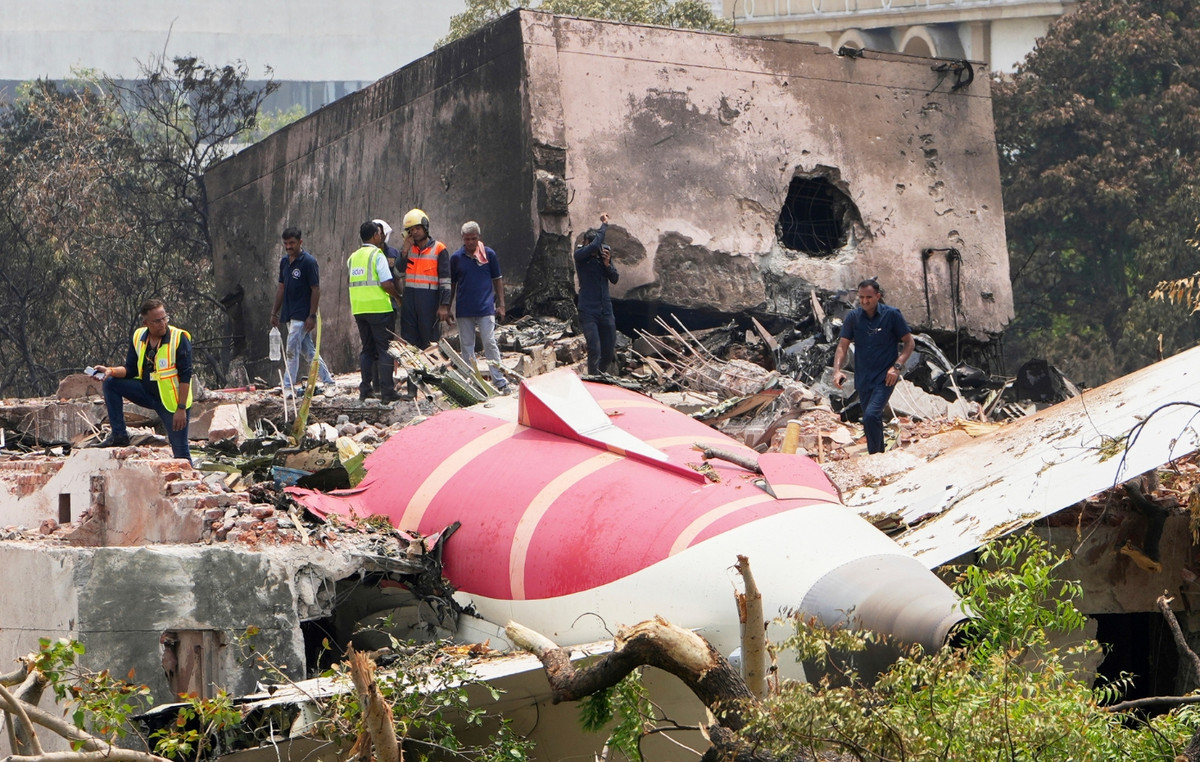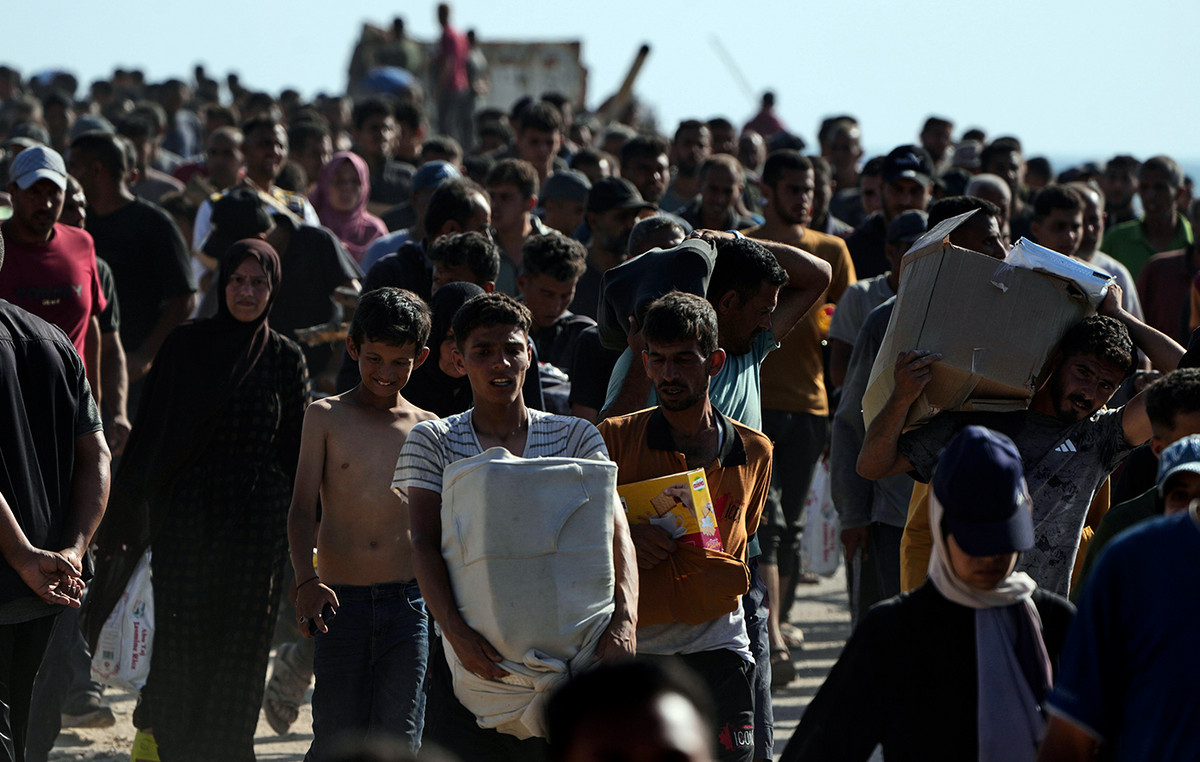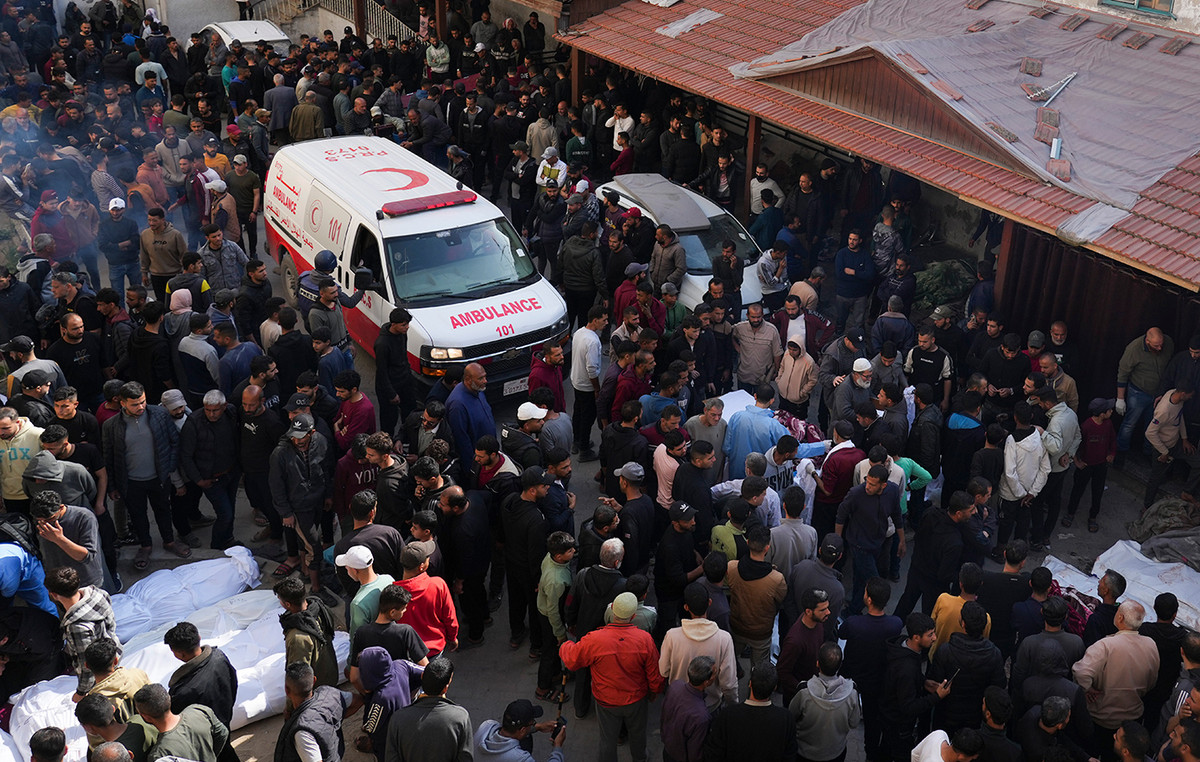The case of 10-year-old student entered class in Pordenone wearing the niqab, has raised a heated political debate on the integration of children. The elementary school teacher asked (and obtained) the parents of her little girl, the daughter of a Muslim couple of African origin, to let her come to class with her face uncovered.
National law
The burqa covers the entire body, including the face, but has a retina in front of the eyes to allow you to see. The niqab covers the entire body except the eyes, leaving a slit for vision, while the hijab is a shawl that covers only the hair and neck. In Italy there is not, at the moment, a specific rule that bans the full veil in school, but it is the use of protective helmets or any other means is prohibited (how could an Islamic fleece be, ed) which makes it difficult to recognize the person in public places or open to the public”, unless there is a justified reason. The purpose is simply to protect public safety.
It has happened, however, that sometimes, someone has appealed precisely to this article of law (n. 152 of 22 May 1975) to targeting women who wore one of the Islamic veils. Some courts have found these interventions to be justified (on the other hand, each judge can interpret the law differently), and during the XVI legislature some bills were also presented – promoted by Lega Nord, UdC and Popolo delle Libertà – for the introduction of a sanction, but the parliament never approved them.
The case of Lombardy
However, in 2015 the Regional Council of Lombardy approved a resolution prohibiting «the use of protective helmets or any other means capable of making it difficult to recognize the person” in hospitals and healthcare facilities. Some associations had appealed asking to ascertain and declare the discriminatory nature of the behavior carried out by the Lombardy Region but, in 2019, the Milan Court of Appeal deemed the ban on entry in a burqa to be well founded.
At school
To date, there is no national law in Italy that establishes how students should dress at school: each institute has the autonomy to draw up its own internal regulations. Schools can establish specific criteria for clothing and decide, for example, whether or not to introduce uniforms or aprons: the choice is mainly up to individual educational institutions.
Source: Vanity Fair
I’m Susan Karen, a professional writer and editor at World Stock Market. I specialize in Entertainment news, writing stories that keep readers informed on all the latest developments in the industry. With over five years of experience in creating engaging content and copywriting for various media outlets, I have grown to become an invaluable asset to any team.







